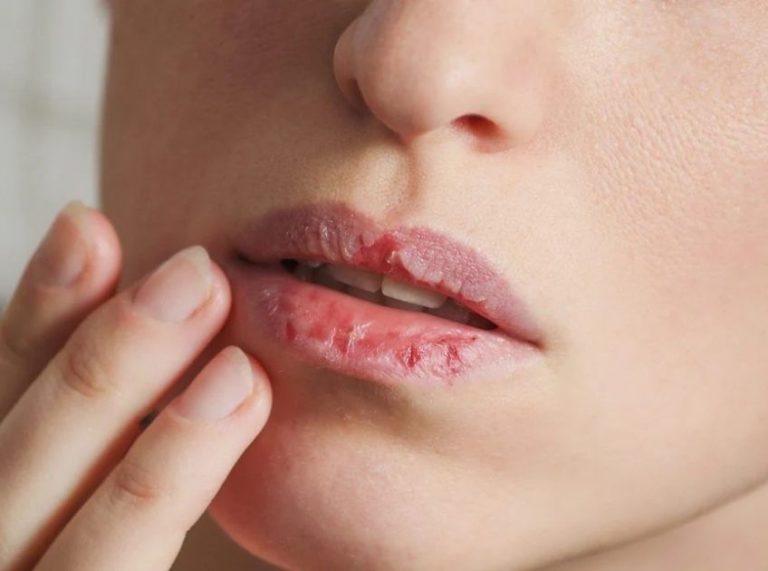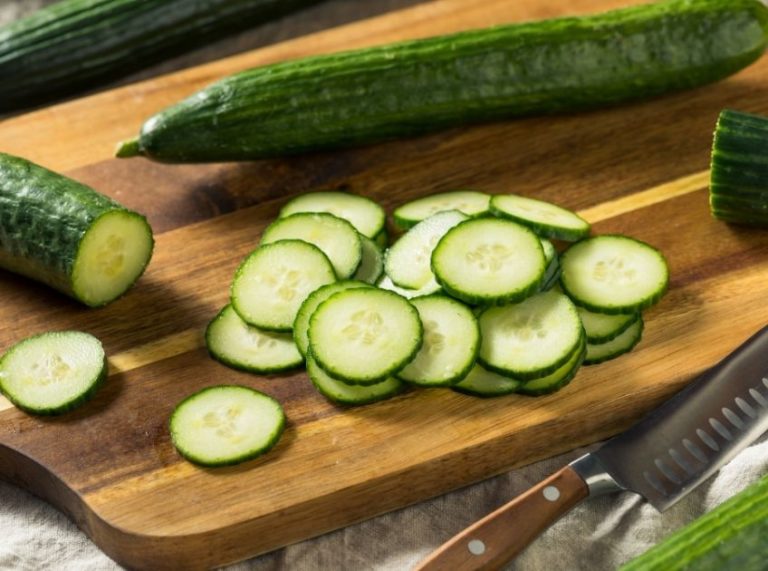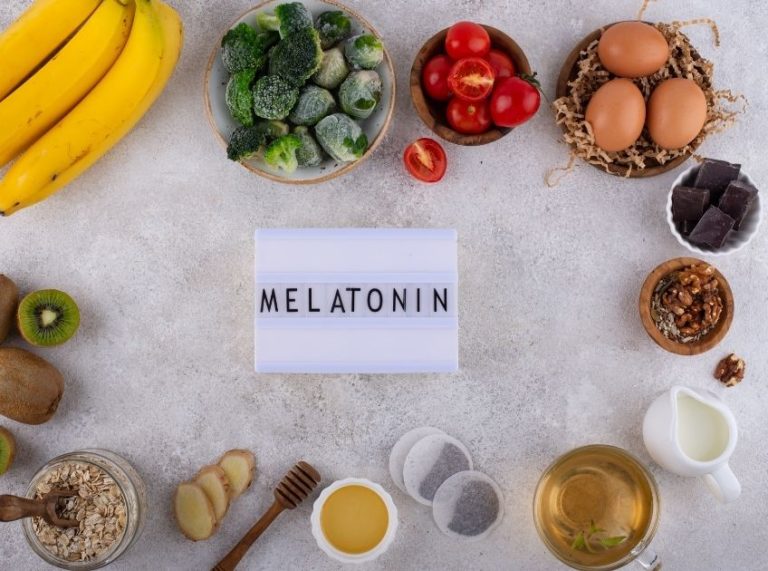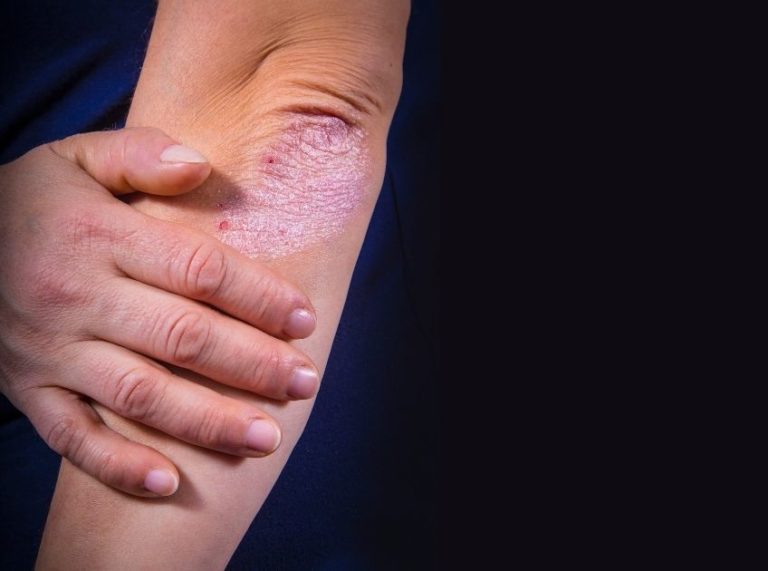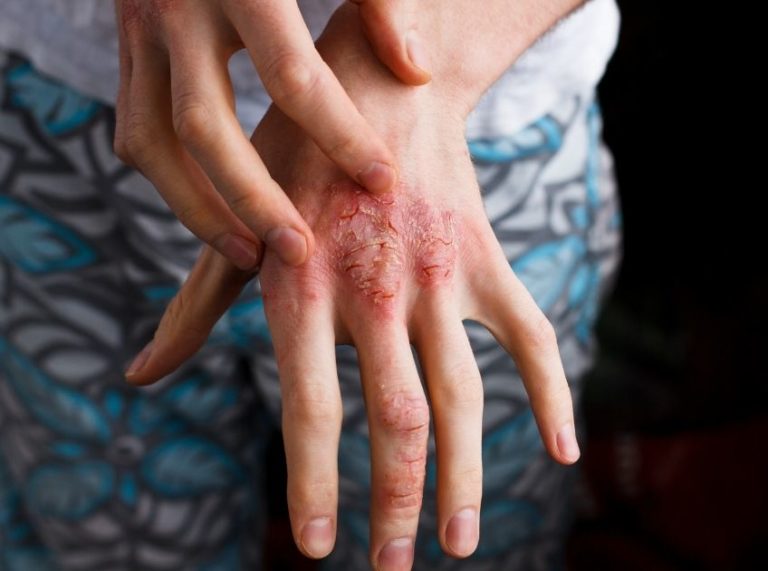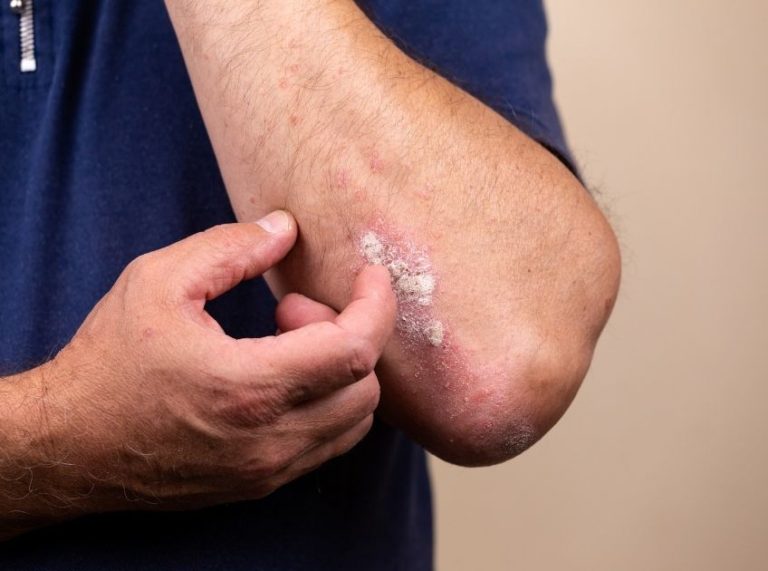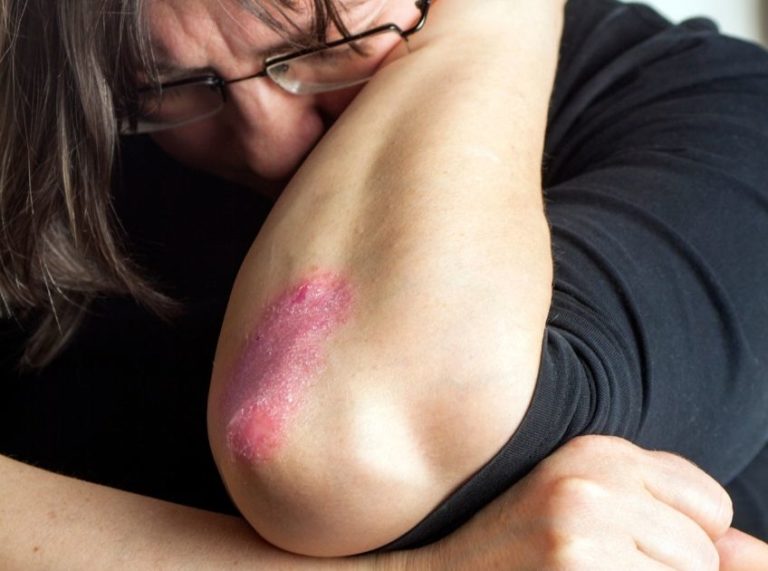
Important: This article is for informational purposes only. Please read our full disclaimer for more details.
A bump in the mouth is a round, fluid-filled sore or growth in which mucus builds up. Bumps on the roof mouth may result from burns, injury, or cancer. It can also indicate infection like candidiasis or hand, foot, and mouth disease.
If you are having bumps on the roof of your mouth, it’s high time to know why they happen, their types and when to seek medical help.
Article Contains
Types Of Bumps Or Sores On Mouth
1. Canker Sores
Canker sores are round, open sores in the mouth. They are very sensitive and can be yellow, white, or pale pink. They usually appear on the cheeks and gums and sometimes may also be found on the roof of the mouth.
These sores may appear due to biting the cheek unconsciously while chewing food or scratching the roof of the mouth (1). Usually, they are not contagious and usually resolve within a few weeks. However, they are prickly, painful, and uncomfortable and may make eating difficult.
Prescribed oral creams or over-the-counter medications may numb the pain.
2. Burns
The inside of the mouth or the roof may, at times, burn due to eating hot food or consuming hot beverages like coffee or tea. A minor burn may appear as a scratch and usually heals without any treatment. But if the burn is severe, it may cause bumps or blisters and will require ointment and medicines to heal.
People suffering from such burns need to take care of their irritating skin. They should avoid eating hot food and consume either warm or cold food items or food having a cooling effect, like mint milkshakes.
3. Trauma or Injury
Any injury to the tissues of the mouth may cause bumps to form on the roof of the mouth, as it is a susceptible area. Damage of the mouth from tobacco use, cuts, or puncturing of wounds may result in such bumps. They are pretty painful and irritating.
Sometimes, irritation from dentures or an accident during dental work may also cause bumps to form. Such injuries may cause scar tissues to form in the mouth that can be lumpy and raised. Most times, these bumps heal by themselves. To promote healing, you can regularly rinse your mouth with salt water multiple times in a day.
4. Cold Sores
A person having herpes simplex virus outbreak suffers from cold sores (2). This virus produces blisters in the mouth, on the lips or on the roof of the mouth. The blisters may form in patches or clusters. The person may have a tingling sensation before the blister appears. These blisters may be oozing or open and do not rupture. They also may have a crust before healing.
Cold sores are very contagious; hence, it is very important to not come in contact with others to avoid spreading the virus. This outbreak usually heals without any treatment. In some cases, the doctor may prescribe some medications to speed up the healing process.
5. Mucoceles
An irritated or inflamed salivary gland may lead to the formation of a mucous cyst in the mouth called mucoceles. The mucus builds up in the gland, forming a round, fluid-filled growth or bump. Such bumps usually did not need any treatment and healed by themselves. They are not much of a concern, though their healing might take a few weeks.
6. Torus Palatinus
It is a hard lump that is formed on the roof of the mouth. Torus palatinus is a non-benign extra bone growth. It does not indicate any underlying condition. It may happen at any time, irrespective of age, and may continue to grow throughout a person’s life. It does not usually affect a person’s ability to eat, drink or talk. However, it may need medical attention if the patient’s situation worsens.
7. Candidiasis
Oral candidiasis is a type of yeast infection that may cause white or red bumps in the mouth (3). It is essential to seek medical help in such sores as it may mimic the symptoms of other conditions.
Usually, the doctors recommend oral antifungal medications to treat oral candidiasis. They will also advise on ways to prevent such infections in the future.
8. Hand, Foot, And Mouth Disease
Hand, foot, and mouth disease is caused by the Coxsackievirus virus. The virus infects the mouth and causes red bumps and aching blisters. Such blisters may also appear on the hands and feet, and the person may suffer from body aches and fever.
It usually affects children, but sometimes it affects adults also. The usual prescription is medicated mouthwash that helps to soothe the irritation and reduce the pain.
9. Epstein Pearls
Epstein pearls are cysts commonly seen in newborns. They occur as lumps in a baby’s mouth. They are usually white or yellow and go away after a few weeks of birth. They do not create any problems for the newborn and do not require any medication.
10. Hyperdontia
People with hyperdontia grow many teeth as compared to the usual number. Though it is sometimes rare, an extra tooth may appear as a bump in the top of the mouth. Sometimes, they appear backward to the roof of the mouth, while at times, they may be found just behind other teeth.
Such people with hyperdontia may suffer pain where the extra tooth is growing. They might also experience headaches and jaw pain. This is a treatable condition. It can be easily cured by removing extra teeth.
11. Squamous Papilloma
If the bump in the mouth is caused by human papillomavirus, it is referred to as Squamous papillomavirus (4). These are painless, non-cancerous, and cauliflower-like textured bumps. These are treatable and go away after a medical procedure.
12. Oral Cancer
Oral cancer is an oddly shaped patch of tissue or sore that does not heal. Bumps that form due to oral cancer are grey, white, or bright red, depending on the underlying cause (5). Such sores may feel smooth or velvety. Not all oral cancer appears on the roof of the mouth. It is vital to give sores time to heal. If they show no improvement after two weeks, then consult a doctor for a proper diagnosis.
Possible symptoms of oral cancer:
- Non-healing lump or sore
- Oddly shaped patch of tissue
- Bleeding, open sore
- Rapidly growing lump
Treatment Options
Luckily, the bumps on the roof mouth resolve on their own. As our mouth contains saliva, it promotes healing of wounds. It improves the survival and functioning of inflammatory cells that promotes wound healing. As a result, most cases of bumps and wounds in the mouth vanish without any treatment.
However, if you want to hasten the healing process, rinsing your mouth with warm salt water or diluted hydrogen peroxide can prove beneficial. It not only helps in faster healing but prevents further infection as well.
Most bumps heal without any medical treatment, but if the issue persists for a long time and is painful, it is pertinent to consult a doctor. If the mouth smells foul, breathing is troubled, or there is pain in fast-growing bumps while chewing or swallowing, then medical attention is needed. Also, if any bump doesn’t heal in 2 weeks, then the person needs to visit a doctor.
Related Articles
- What’s Causing This Bump on My Forehead, and Should I Be Concerned?
- Why Do I Have A Bump On My Nose?
- How to Get Rid of a Nose Piercing Bump?
- How To use Apple cider Vinegar For Lipoma Treatment
- How to Get Rid of Razor Bumps In The Bikini Area?
- What Causes Red Bumps On Back Of Throat
- Baking Soda for Razor Bumps – Benefits, Uses and Precautions
- Bump on the Side Foot – Common Causes & Treatment Options
- Why Do I Have White Bumps on My Tongue?
- How to Use Aspirin for Razor Bumps
- The 12 Best Home Remedies To Get Rid Of Razor Bumps Fast
- How to Tell If It’s Herpes or Razor Bumps? Causes, Symptoms and Treatment
- Apple Cider Vinegar for Razor Bumps – Benefits and Uses
- Tea Tree oil for Razor Bumps – Benefits and Uses
- 7 Best Razors For Sensitive Skin
- Piercing Bump vs keloid: Causes, Symptoms, and Treatment
- How to Get Rid of Razor Bumps Using Aloe Vera?





